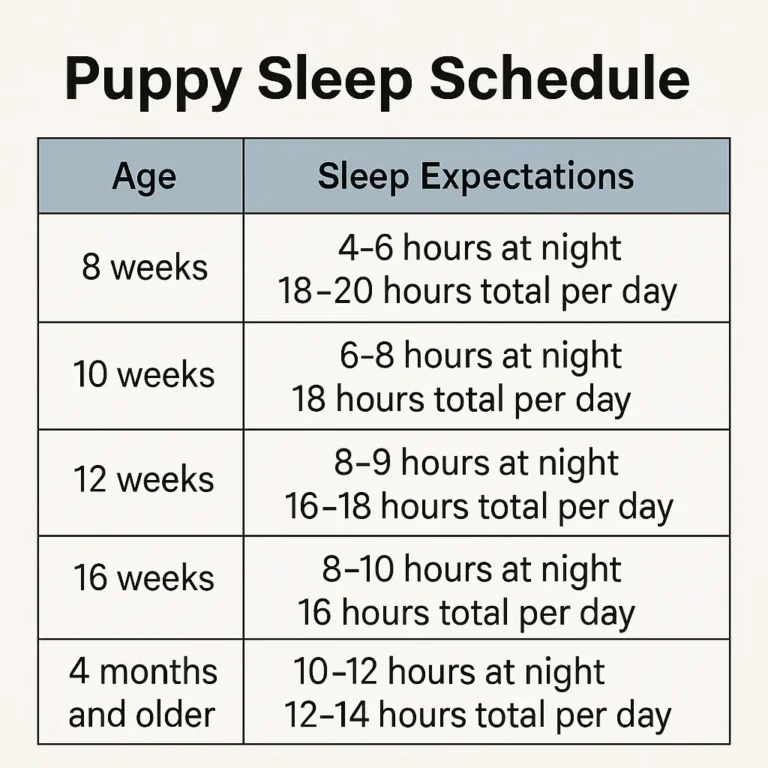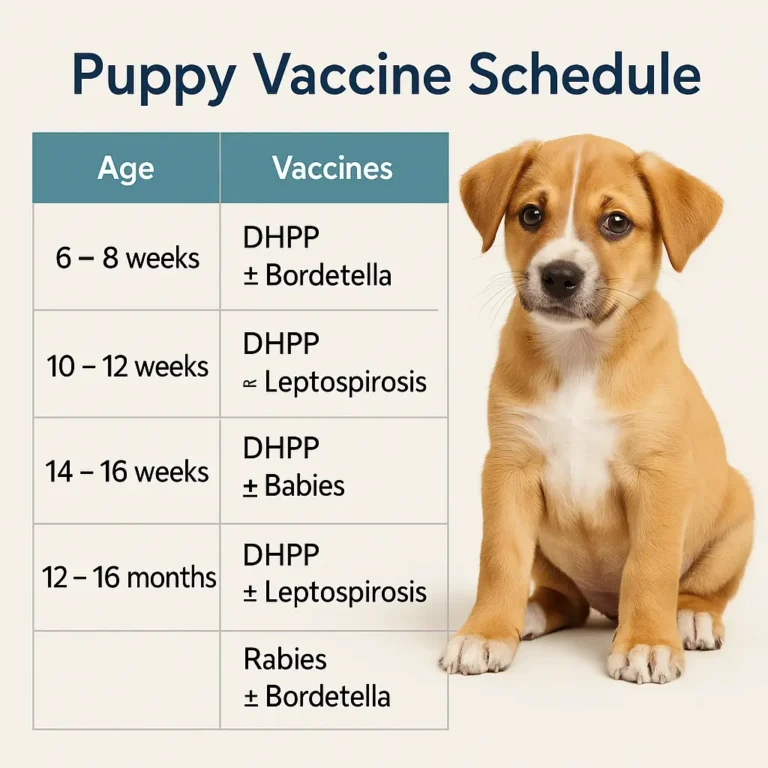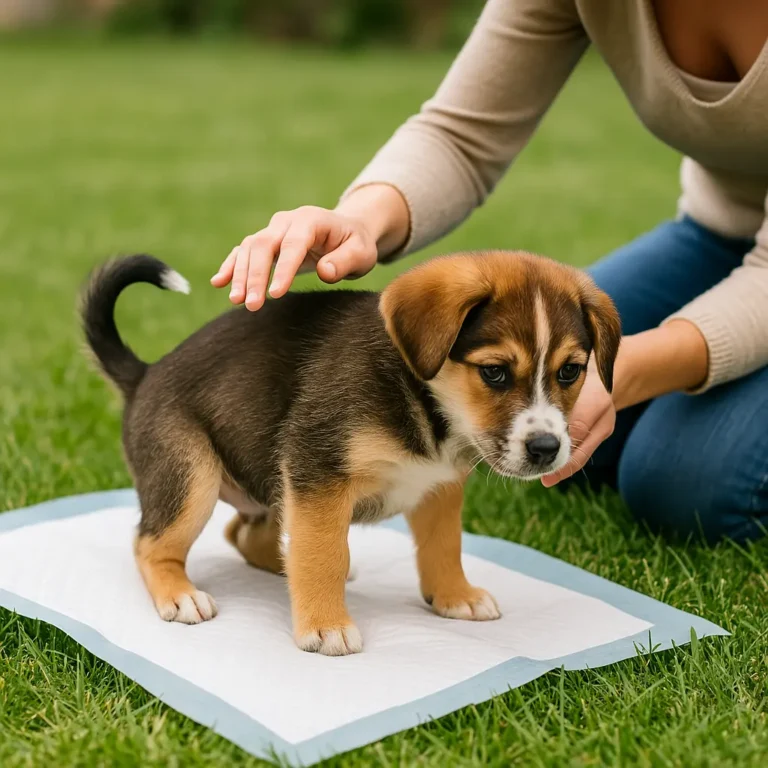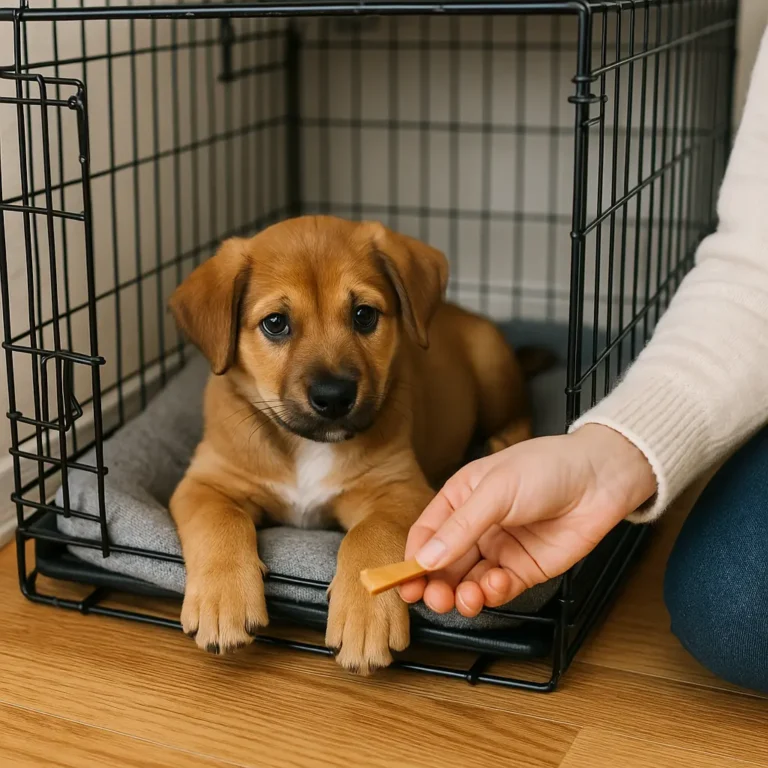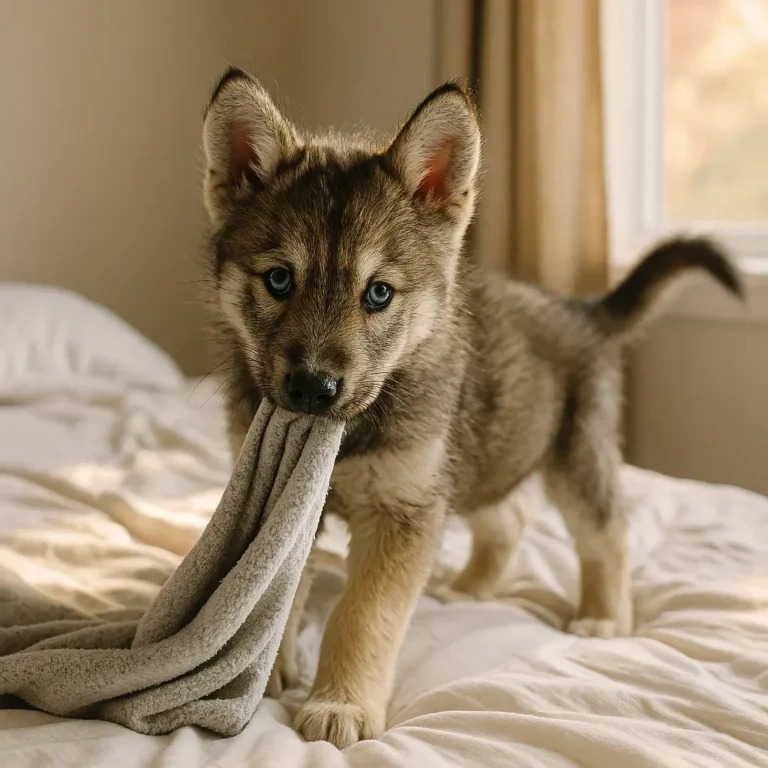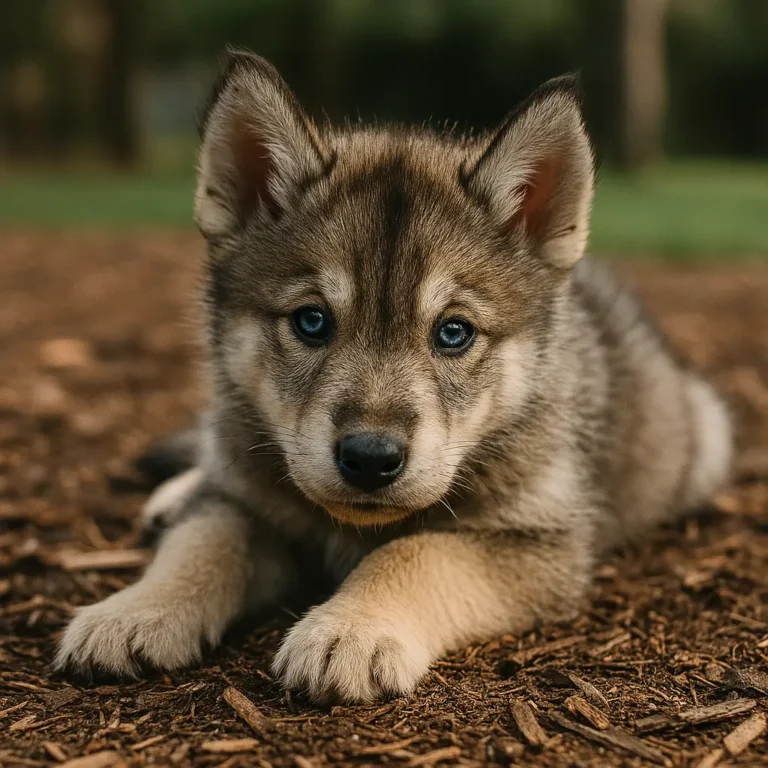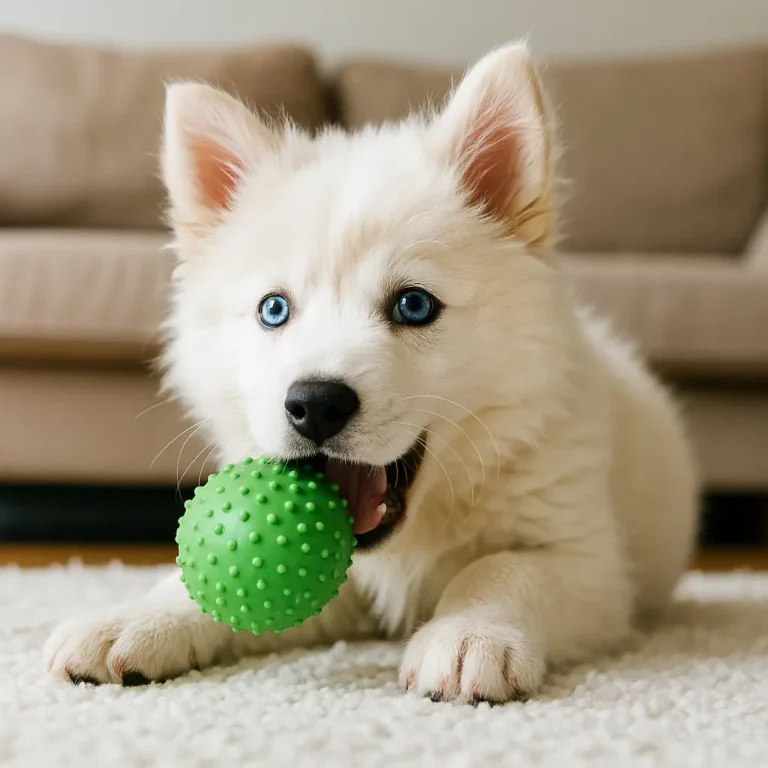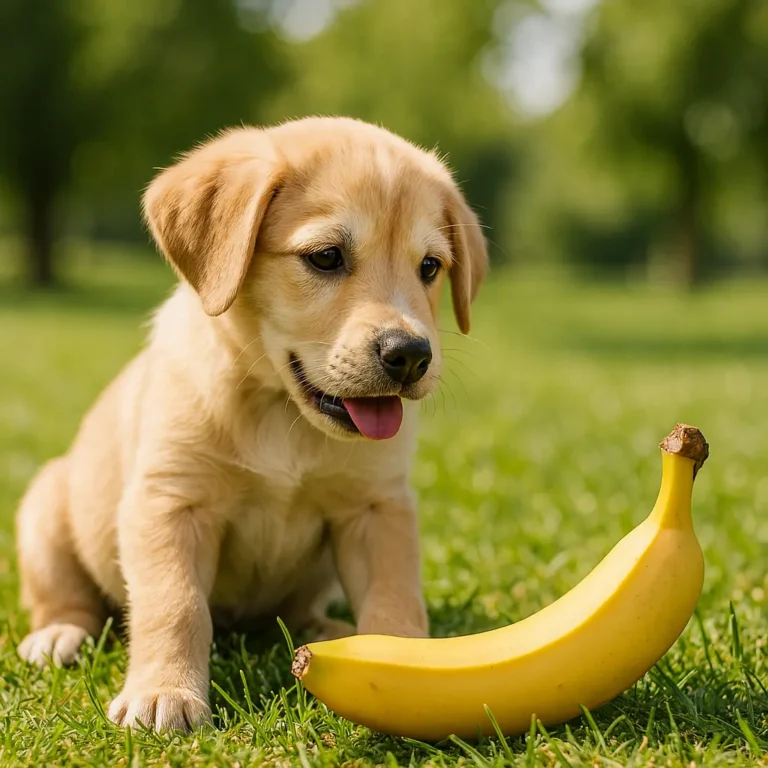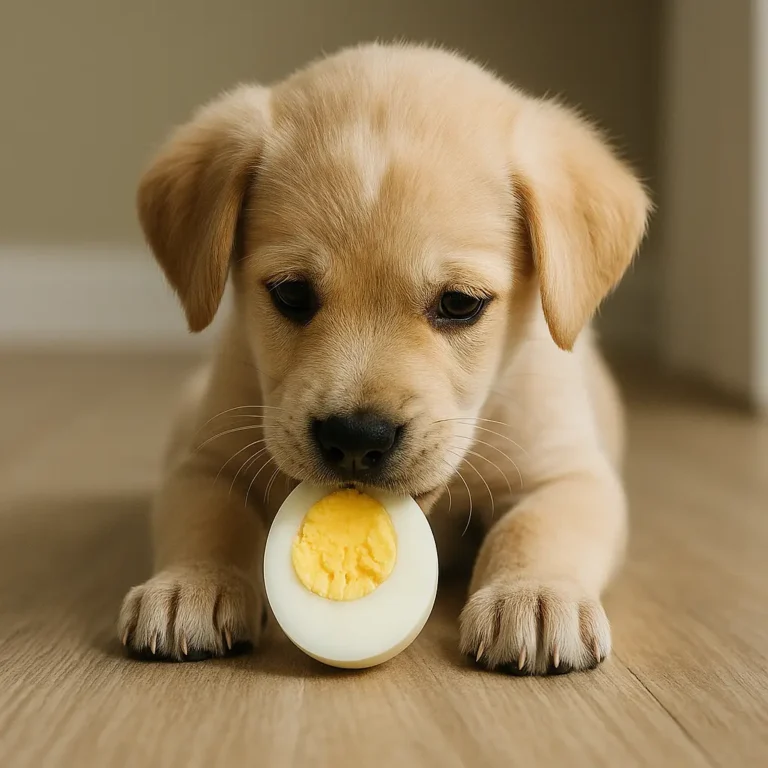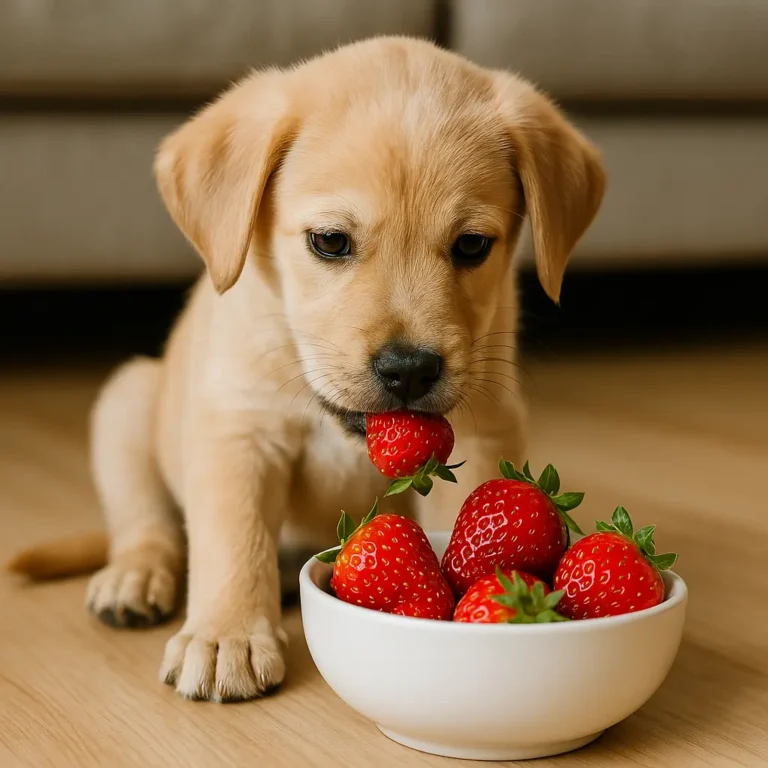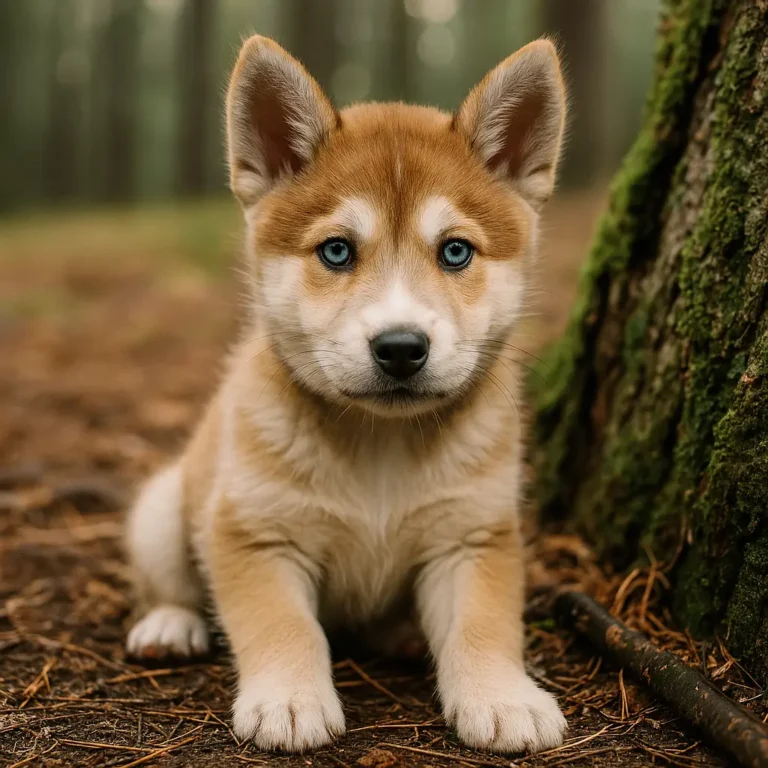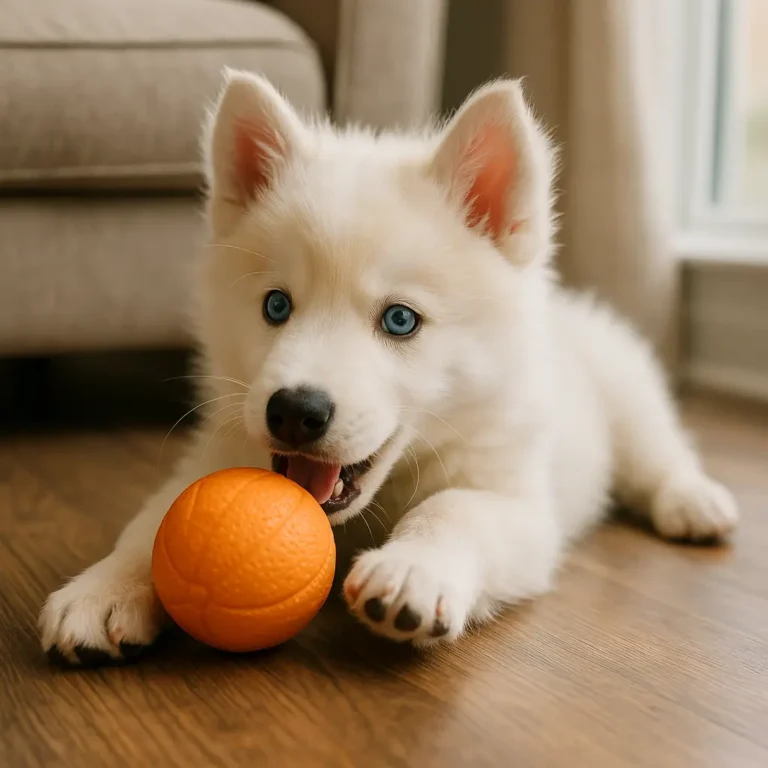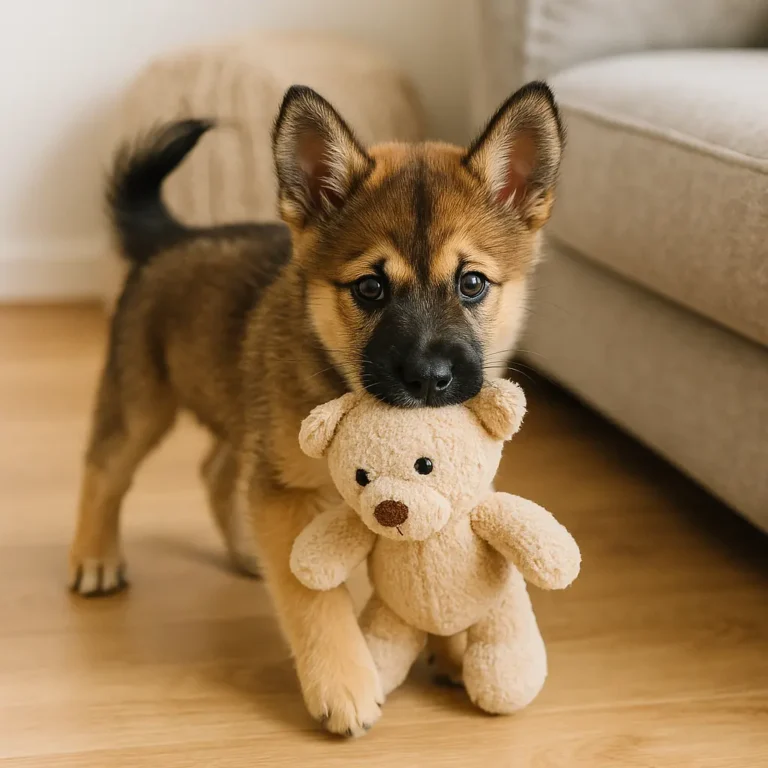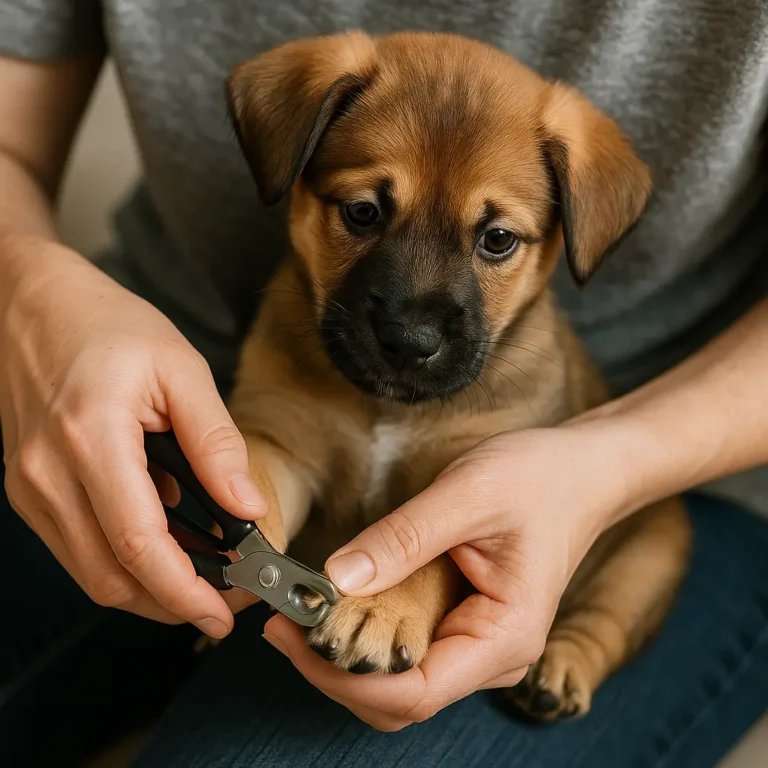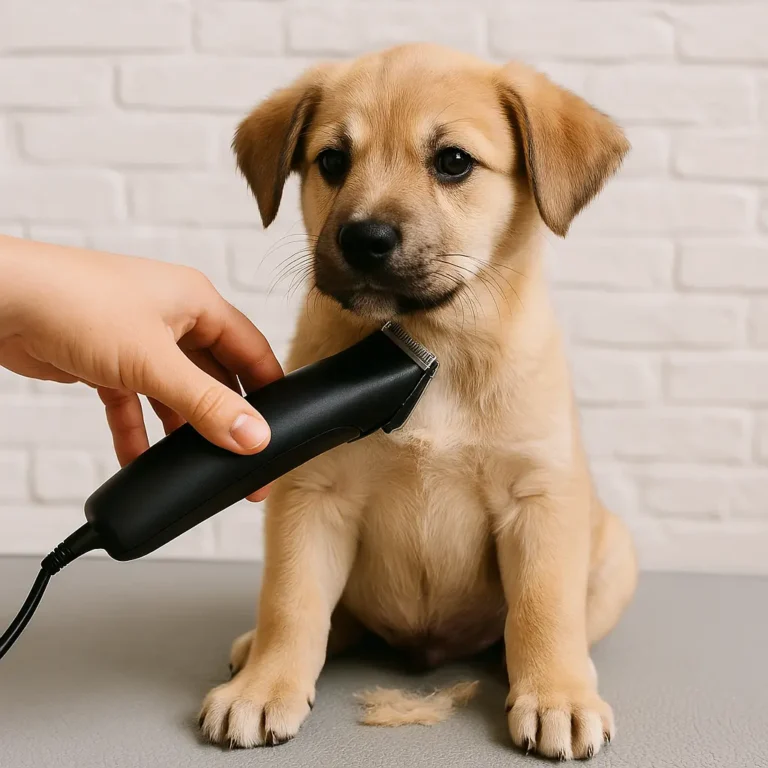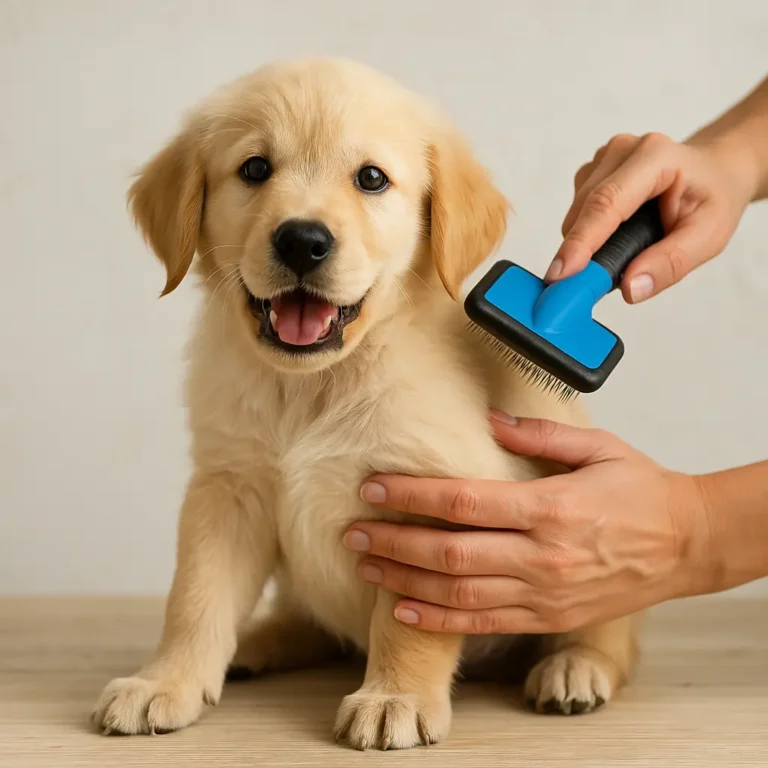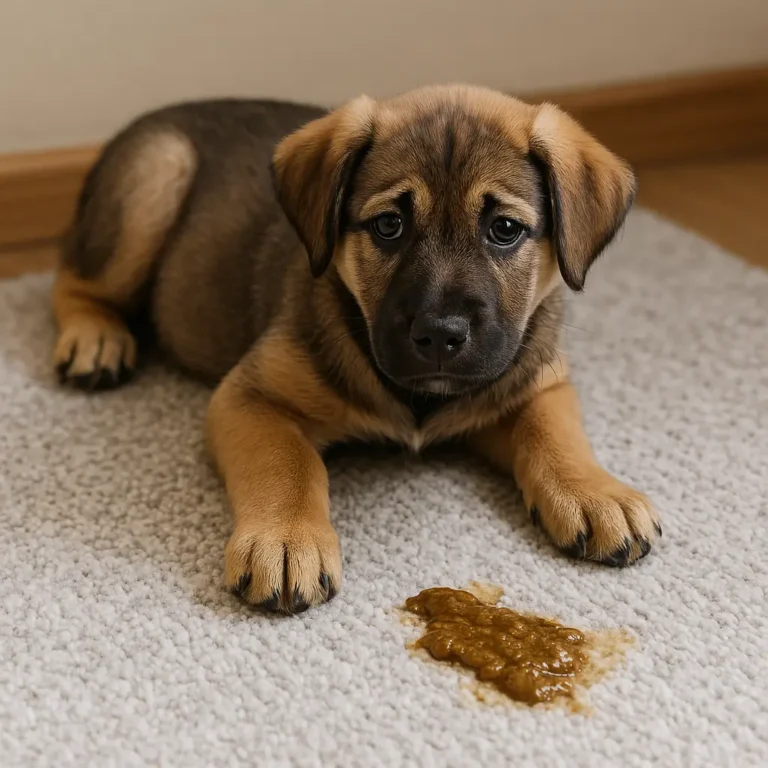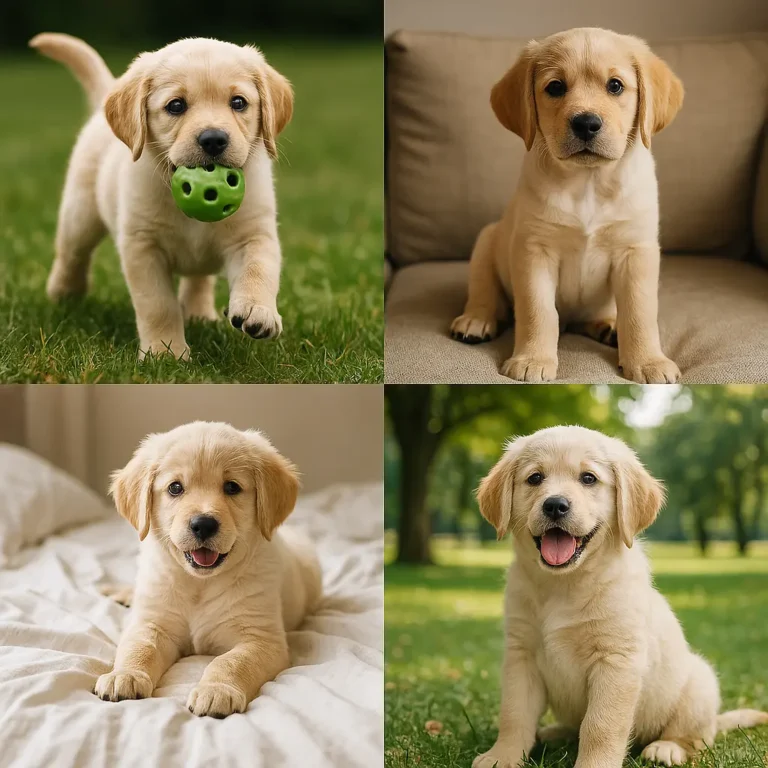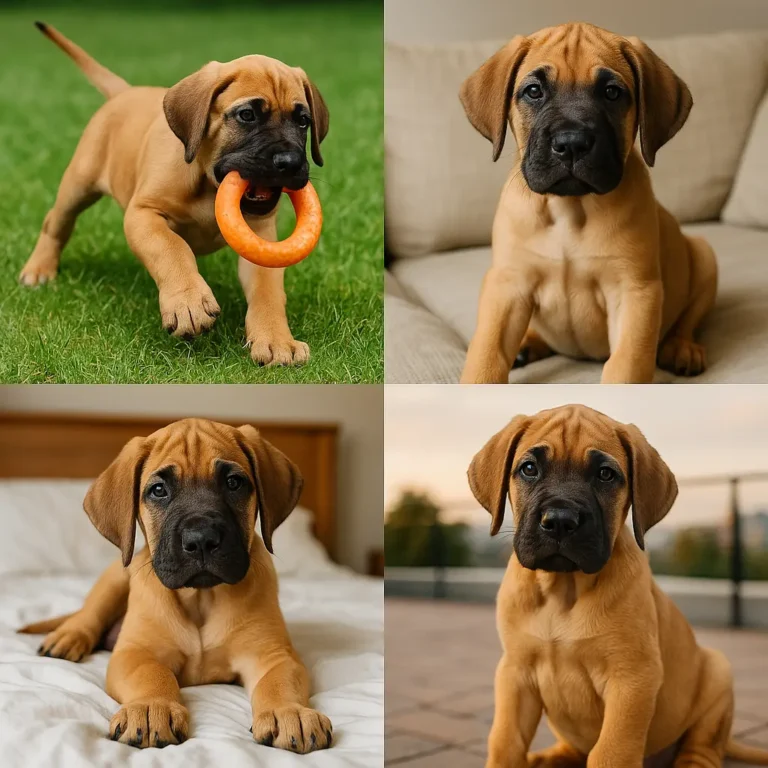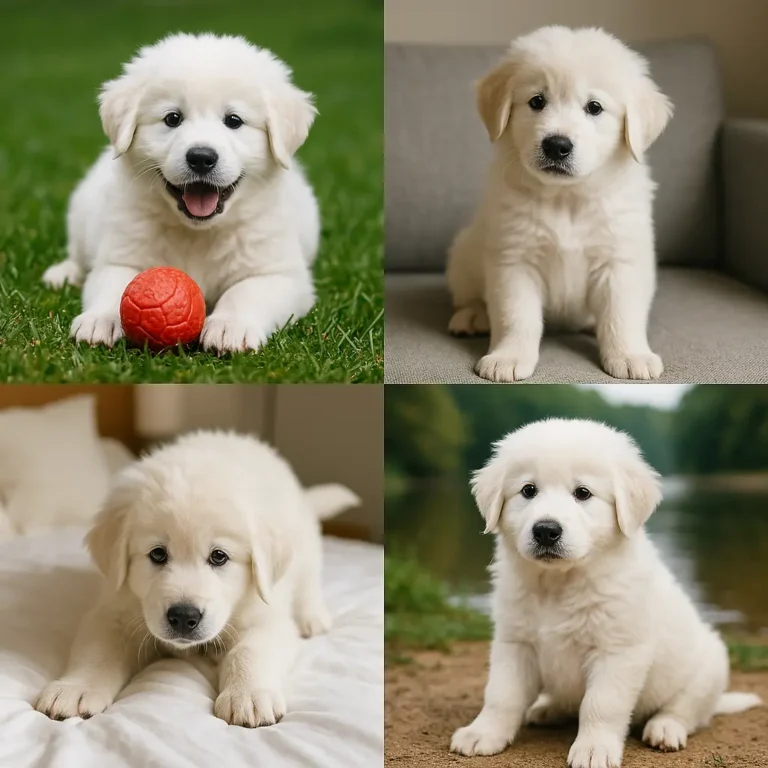The Siberian Husky is an energetic, playful, and affectionate breed that makes an excellent family companion. Despite their independent nature, they are friendly and gentle with children and other pets. They require ample exercise and grooming, but their wolf-like appearance and loving nature make them a wonderful choice for active families. If you have an active lifestyle and can provide them with the exercise, mental stimulation, and attention they need, the Siberian Husky is sure to be a loyal, energetic, and fun-loving companion.
Siberian Husky
Discover the Majestic Siberian Husky – A Loyal and Energetic Companion
The Siberian Husky is one of the most recognizable dog breeds, known for its striking appearance, intelligence, and energetic nature. With a thick, double-layer coat, bright blue or multicolored eyes, and a friendly demeanor, it’s no surprise that this Husky breed has become a favorite among dog lovers. Originally bred as sled dogs, Siberian Huskies are known for their endurance, strength, and independence. Despite their working dog roots, they make wonderful family pets, particularly for active households that can meet their exercise needs. These breed of dogs are playful, loyal, and affectionate, making them a great addition to the right home. Whether you’re considering getting a Siberian Husky puppy or looking to learn more about the breed, you’ll find they are unique dogs that require both training and attention to thrive. Let’s explore what makes the Siberian Husky such a popular choice for dog owners around the world.
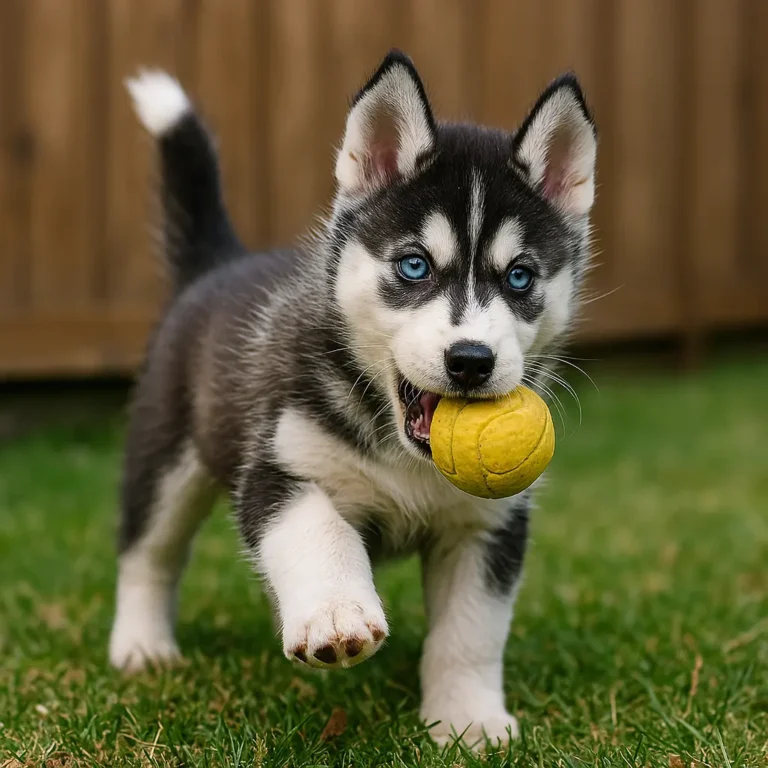
Bringing Home a Siberian Husky Puppy – What to Expect
Siberian Husky puppies are energetic, curious, and incredibly charming. As puppies, they display the same independence and intelligence they’ll carry into adulthood, which makes training important from the start. While they are friendly, they require early socialization to avoid becoming overly reserved or territorial. Their playful nature means they’ll require plenty of exercise and engagement to tire them out. Siberian Husky puppies are also known for their vocal tendencies, including howling and barking. With the right training and positive reinforcement, these puppies grow into loyal and spirited dogs that make excellent companions for active families.
Breed Traits
The Siberian Husky is a medium-sized working dog, famous for its thick coat, bright eyes, and endurance. These dogs are energetic, independent, friendly, and highly intelligent, making them great companions.
The Siberian Husky typically lives between 12 to 15 years. Their lifespan depends on genetics, health care, and the living environment, with regular exercise and veterinary check-ups contributing to a long, healthy life.
A fully grown Siberian Husky stands between 20 to 24 inches tall at the shoulder. Males tend to be slightly larger than females, with a strong, muscular build suited for endurance.
The Siberian Husky weighs between 35 to 60 pounds, with males typically weighing more than females. Their muscular build, combined with an active lifestyle, gives them a sturdy, athletic physique.
The Siberian Husky thrives in cooler climates due to its thick coat. They enjoy homes with ample space and access to outdoor areas for exercise, as they need plenty of room to roam.
Breed Characteristics
The Siberian Husky stands out due to its wolf-like appearance, blue or multicolored eyes, and double coat. These intelligent, energetic dogs are loyal, friendly, and independent, making them unique companions.
The Siberian Husky is a family-friendly dog that loves to be part of the household. They are generally good with children and other pets, but early training and socialization are key.
The Siberian Husky has a striking appearance with a thick double coat, erect triangular ears, and almond-shaped eyes that are often blue or multicolored. Their muscular frame complements their energetic personality.
The Siberian Husky is highly social, enjoying interaction with both people and other dogs. They require regular socialization to prevent shyness or behavioral issues and thrive in active, engaging environments.
The Siberian Husky is an energetic, independent, and playful dog. They are friendly and affectionate, yet can be stubborn and mischievous, making consistent training and attention essential for a balanced temperament.
Effective Tips for Training a Siberian Husky
Training a Siberian Husky can be a challenge due to their independent nature. They are intelligent dogs but can also be stubborn and free-spirited. Positive reinforcement, patience, and consistency are crucial for successful training. Start with basic commands such as “sit,” “stay,” and “come,” and provide plenty of mental stimulation. Socialization is also key, as Siberian Huskies can sometimes be reserved or standoffish with strangers and other animals. Regular exercise is essential to tire them out and ensure they’re receptive to training. These dogs enjoy physical and mental challenges, so keep training sessions fun and engaging.
Siberian Husky History & Facts
The Siberian Husky originates from the cold Siberian region, where they were bred by the Chukchi people to pull sleds over long distances. These dogs were valued for their strength, endurance, and ability to survive harsh conditions. Huskies played an essential role in transporting goods and people across the Arctic. The breed was later brought to Alaska during the gold rush, where they continued to serve as sled dogs in competitions. Today, the Siberian Husky is a popular companion dog known for its striking looks, friendly personality, and high energy levels. They still retain their working dog instincts.
Husky Dog Popular Mix Breeds: Popular Husky Mixes You’ll Love
The Siberian Husky is often mixed with other breeds, creating adorable and unique hybrid dogs. One popular mix is the Husky Lab Mix or Labsky, which combines the playful nature of a Labrador with the energetic Huskie. Another popular mix is the Siberian Husky Miniature, resulting in a larger and more powerful hybrid dog. The Husky Golden Retriever Mix also makes for an adorable, friendly companion. These mixes often retain the Husky’s stunning appearance, along with the traits of the other breed, creating a wonderful blend of personalities and temperaments.
Best Diet Choices for Your Siberian Husky: A Guide to Feeding Your Pet Right
Siberian Huskies are energetic dogs that require a well-balanced diet to maintain their health and vitality. Opt for high-quality dog food rich in protein, vitamins, and minerals. Look for a mix of animal-based proteins like chicken, lamb, or beef, along with wholesome grains and vegetables for fiber. Be cautious with fatty foods to prevent obesity, which is a concern for Huskies. Fresh water should always be available, and you may need to adjust portions based on age, activity level, and size. Additionally, consult your vet for personalized feeding recommendations to ensure your Husky stays in optimal health.
Siberian Husky Behavior: What to Expect from this Playful and Independent Breed
Siberian Huskies are known for their friendly and outgoing nature. They are very independent, which means they might not always follow commands immediately. They are social animals that get along well with other pets and humans but require consistent training. This breed enjoys having a task to perform, which helps them stay active and engaged.
Alertness
Siberian Huskies are naturally alert dogs, making them excellent watchdogs. They will be aware of everything going on around them, whether it’s a visitor at the door or changes in the environment. Their keen sense of awareness helps them stay in tune with their surroundings, even if they're just lounging at home.
Protectiveness
While Siberian Huskies are generally friendly, they can be protective when they sense a threat to their family or territory. However, their protective nature doesn’t extend to aggressive behavior. Instead, they will alert you to unfamiliar situations or people but will typically remain calm in the face of danger.
Prey drive
Siberian Huskies have a strong prey drive due to their history as working sled dogs. They may instinctively chase smaller animals, so it’s important to keep them on a leash in unfenced areas. Training and proper socialization from an early age can help minimize their tendency to chase smaller animals.
Aggressiveness
Siberian Huskies are not typically aggressive. They are known for being playful and affectionate, but like all dogs, their behavior can depend on their environment and upbringing. Proper socialization and training can help curb any tendencies towards aggression, ensuring they interact well with other pets and humans.
Barking level
Siberian Huskies are known for being quite vocal, but their barking is usually more of a howling or whining nature. They are more likely to "talk" in howls rather than frequent barking. This breed is known for its vocalization and communication with its owners, especially if they are bored or want attention.
Trainability
Siberian Huskies are intelligent dogs, but their independent streak can make training a bit challenging. Consistency and positive reinforcement are key when training a Husky. Keep training sessions short and engaging to maintain their interest. Early socialization and exposure to different environments are also important to help them develop into well-rounded dogs.
Mental stimulation needs
Siberian Huskies require mental stimulation as much as physical activity. Puzzles, games, and interactive toys can help keep their minds engaged. Huskies thrive in environments where they are given a job or task to perform. Mental stimulation helps prevent boredom, which can lead to undesirable behavior like chewing or digging.
Intelligence
Siberian Huskies are considered highly intelligent but can also be a bit stubborn. They are quick learners, but their independent nature means they may not always follow commands as quickly as other breeds. Training a Husky requires patience and consistency, and they excel in activities that challenge their minds.
Explore the Best Siberian Husky Mixes: Unique Combinations for Your Next Pet
Siberian Huskies are often crossed with other breeds, resulting in unique, adorable hybrids. Popular mixes include the Husky-German Shepherd mix, the Husky-Poodle mix (also known as a “Pomsky”), and the Husky-Labrador mix. Each mix brings its own set of traits, offering a variety of temperaments, energy levels, and appearance options. Husky mix breeds often feature the stunning coat colors and striking eyes of their Siberian Husky parent. Popular color variations like the Red Siberian Husky, White Siberian Husky, and Agouti Siberian Husky are often seen in mixes, offering unique and eye-catching appearances. The Black Siberian Husky brings a bold, classic look, while the Brown Siberian Husky adds warmth and rarity. These purebred huskies contribute to mixes with breeds like German Shepherds, Boxers, and Aussies—producing hybrids that are energetic, intelligent, and stunning in both personality and appearance.
Grooming Your Siberian Husky: Essential Tips for a Healthy Coat
Siberian Huskies have a thick double coat that requires regular grooming to prevent matting and tangling. Brush your Husky’s coat at least once a week to keep their fur clean and remove loose hair. During shedding season (typically spring and fall), you may need to brush them dailyas they are not a non shedding dogs. Regular baths are necessary but avoid overbathing, as it can strip their coat of essential oils. Pay attention to their ears, teeth, and nails to maintain their overall health.
The Siberian Husky is a generally healthy breed, but like all dogs, they are prone to certain health conditions:
Hip Dysplasia: A condition where the hip joint doesn’t develop properly, causing pain and arthritis.
Cataracts: A clouding of the eye lens that can impair vision.
Hypothyroidism: A condition where the thyroid doesn’t produce enough hormones, leading to weight gain and low energy.
Progressive Retinal Atrophy (PRA): A condition that leads to gradual vision loss.
Regular vet visits, a balanced diet, and adequate exercise can help minimize the risk of these conditions and ensure a long, healthy life for your Siberian Husky.
Dog Breed Size: Medium to Large and Muscular
The Siberian Husky is a medium-to-large breed with a muscular and athletic build. Standing between 20 to 24 inches tall at the shoulder and weighing around 35 to 60 pounds, Huskies are strong and agile. Their size allows them to excel in physical activities like running, hiking, and pulling sleds, as they have great stamina. Though not a giant breed, their size still requires adequate space to run and play. They thrive in homes with large yards or active families who enjoy outdoor adventures. The Siberian Husky requires a home where they can burn off their boundless energy as they are considered best dog for houses.
Siberian Husky faq
How big does a Siberian Husky get?
Siberian Huskies grow to be 20-24 inches tall and weigh between 35-60 pounds. They are medium-to-large dogs with a strong, athletic build.
Are Siberian Huskies good with children?
Yes, Siberian Huskies are gentle and affectionate towards children. They make excellent family pets due to their friendly nature and energetic personality.
Do Siberian Huskies shed a lot?
Yes, Siberian Huskies shed heavily, especially during spring and fall. They require regular brushing, around 2-3 times a week, to manage shedding.
How much exercise does a Siberian Husky need?
Siberian Huskies are high-energy dogs that need 1-2 hours of exercise per day. They enjoy running, walking, and outdoor activities to burn off their excess energy.
Are Siberian Huskies easy to train?
Siberian Huskies can be stubborn and independent, so training requires patience and positive reinforcement. Early socialization and consistent training are crucial for well-behaved Huskies.
Do Siberian Huskies drool a lot?
Siberian Huskies do not typically drool excessively. Some drooling may occur during meal times or excitement, but they are generally a low-drool breed.
How often do Siberian Huskies need grooming?
Siberian Huskies need regular grooming, especially during shedding seasons. Brush their coat 2-3 times a week, and more often during spring and fall, to manage shedding.
Do Siberian Huskies have health problems?
Siberian Huskies can experience conditions such as hip dysplasia, cataracts, and hypothyroidism. Regular vet visits and a healthy lifestyle are important for maintaining their health.
The Siberian Husky is an incredibly loyal and affectionate companion. They thrive in homes that offer plenty of physical activity, such as long walks, hikes, and playtime in a yard. These dogs are social and enjoy being part of family activities, but they also need their space to roam and explore. While they have a strong-willed and independent nature, they are incredibly intelligent, making training possible with consistency. Huskies love the cold, so they may not enjoy hot climates as much. With the right environment and care, they will be a loving and energetic family member.

